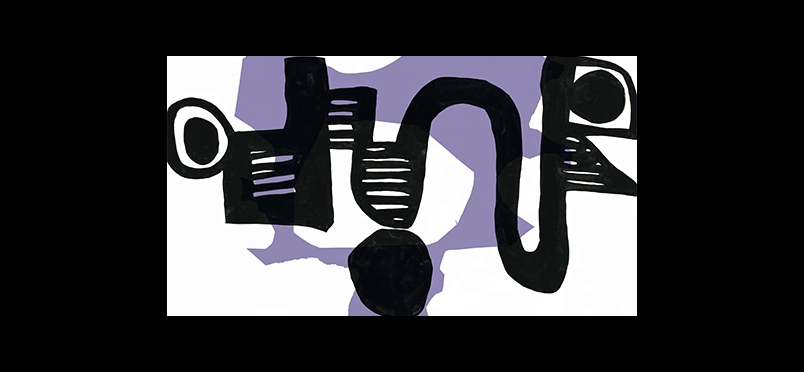| research/study
Tougher Tendonitis: Oxygen Starvation to Promote Healing?

Discovery of Cellular Processes Suggests New Treatment Avenues for a Common Condition
Tendon irritation, or tendonitis, is a common workplace or sports related injury for which current treatment options are limited and restrictive to sufferers’ lives. Rowena McBeath, MD, PhD, cell biologist and surgeon at the Philadelphia Hand to Shoulder Center at Jefferson Health, explained, “The most effective natural method for treating tendinosis is to stop the repetitive action that causes the injury in order to let the area heal. But stopping an activity that people depend on for income can be quite difficult. Patients often get worse and ultimately require surgery and even lengthier recovery periods.” In search of a better approach, Dr. McBeath led a study that has uncovered important cellular processes involved in tendonitis, and that represent possible new targets for therapy. The findings were reported last week in the journal Aging Cell.
McBeath and colleagues worked with tendon samples from both elderly and younger patients who underwent surgery for tendonitis. Other research has noted that the blood supply to tendons diminishes with age, resulting in decreased oxygen levels, and that the shape of tendon cells also changes, becoming rounder and tougher. She remarked, “Our analysis links these two avenues of research, showing that decreased oxygen is a key event that leads tendon cells to go from healthy to tougher and less flexible, resulting in tendinosis.” This oxygen starvation was also found to reduce the activity of a signaling molecule, Rac1, that is involved in cell shape, movement, and growth. The team hypothesizes that altering oxygen levels and increasing Rac1 production may cause tendon cells to retain their shape and avoid tendonitis. Irving Shapiro, PhD, Vice-Chair, Basic Science Research in Orthopedic Surgery at Jefferson, added, “The power of this study is that the results are faithfully describing the processes that occur in human tendon injury, rather than working from an animal model. With permission from patients, we examined human tendon tissue that was normally discarded during surgery.”
Read about the research discovery.
The journal article may be read here.
Did you enjoy this article?
Subscribe to the PAINWeek Newsletter
and get our latest articles and more direct to your inbox